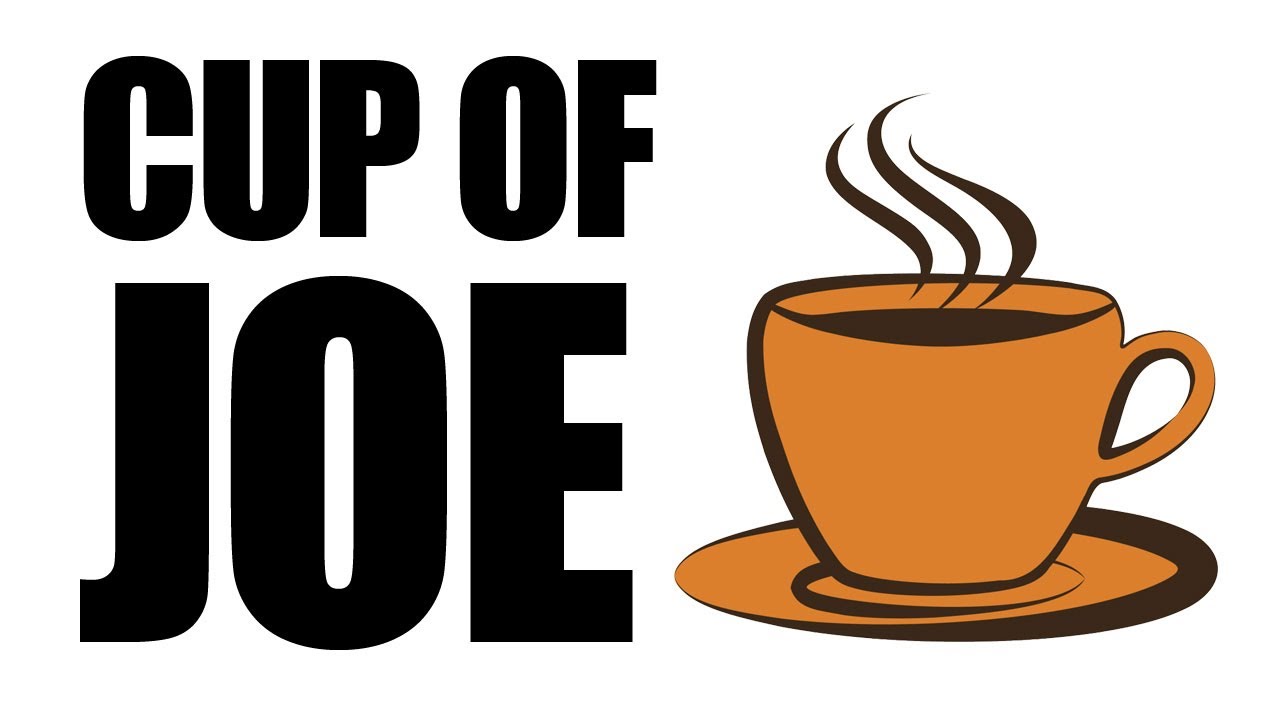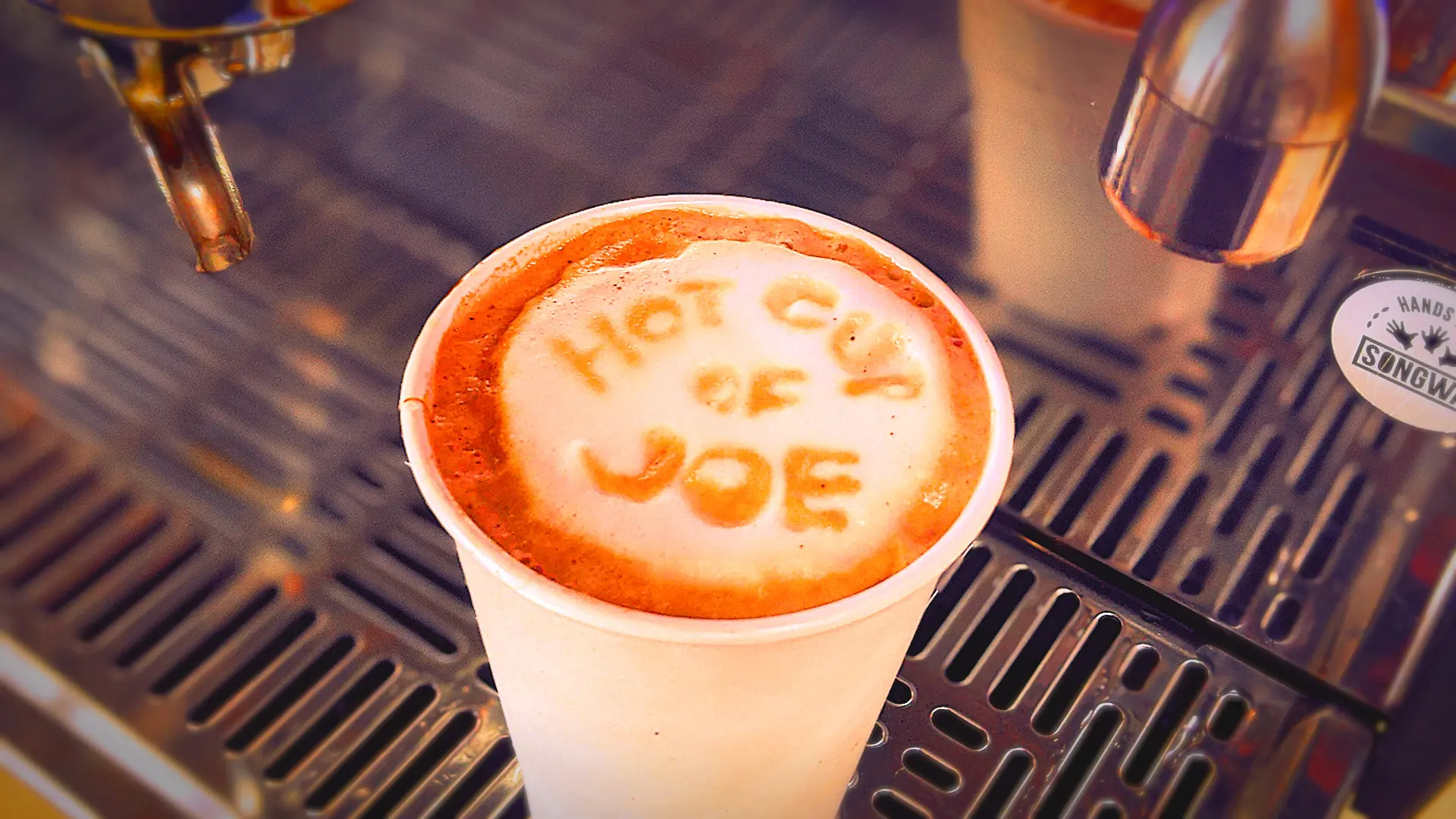4 Actual Facts About Why is Coffee Called Joe (A Cup of Joe)

From Seattle to Rome, coffee continues to be a universally popular beverage beloved by people of all ages and from all walks of life. It fuels millions of people daily and is a delicious comfort drink. With surging popularity, it has grown to be called by different names – jitter juice, brain juice, morning fuel, a cup of Joe, and more. While the rest seem self-explanatory, why is coffee called a cup of Joe?
Well, the reasons behind this common nickname are pretty interesting and provide a fascinating window into the cultural history associated with coffee drinking.
Read on for 4 reasons folks around the world refer to this caffeinated delight as “a cup of Joe.”
Coffee was not always “a cup of joe”
Coffee is one of the most complex and strongest drinks in the world. Whether you prefer a latte, cold brew, mocha, or drip, in the history of coffee, Joe is nowhere to be found.
Its early use is traced back to its beginnings in Ethiopia when a goat herder noticed his goats eating berries which gave them a surge in energy that didn’t let them sleep. 1 AM coffee drinkers – relatable?

The local priests also experimented with the berries and found that coffee helped them stay alert for long hours of prayer. Eventually, the beans were circulated to the Arabian Peninsula and Europe. From there, it spread throughout colonized regions Asia, America, and the Caribbean. Even by this time, no one knew that coffee would become so popular and that it would be known as a cup of Joe.
However, today, there are many places you can get your fair trade coffee from, with eighty countries striving to produce the finest quality beans possible. Its long and captivating history spans hundreds of years without any mention of Joe. So how did this nickname come about?
Factual theories – Why is coffee called joe?
There are no concrete reasons why is coffee called a cup of Joe. Leading theories, however, are widespread. Here are the four most popular ones.
Josephus Daniels’ world war I ban
This is the most doubtful yet prominent theory out there about the first usage of the term ‘Joe’ for coffee. This theory dates back to 1913 when President Woodrow Wilson appointed Joseph Daniels as Secretary of the Navy. Josephus Daniels was a reformist focusing on improving the image of the Navy during World War I and banned alcohol aboard all navy ships.
By the logic of Daniel’s supposition, men on these naval vessels turned to coffee for relief, as it was the strongest drink they could access. The navy sailors came up with a mocking nickname for their cups of coffee in honor of the man who had banned their alcohol, saying “Cup of Joe” (get it?).
But can it be true? The facts say otherwise. The reason was that the sailors at the naval bases had a daily ration of rum, which was banned much before Josephus daniels’ ban.
Moreover, in 1914, the phrase “cup of Joe” was not commonly used. It wasn’t until more than a decade later that the phrase became a slang term. This phrase was first recorded in a Reserve Officer’s Manual published in 1931.
An average joe – the common man’s drink

What do you think? Is coffee a common man’s drink? In the late 1800s and early 1900s, coffee was considered an affordable average drink that the common man could get his hands on, no matter his social class.
Reason? Coffee was not as fancy back then as it’s today. We in the modern day know it in several forms – cappuccino, latte, mocha, or cold brew. But in the 20th century, it was just some good coffee grounds and hot water with options of adding sugar and milk.
Also, Joe refers to an everyday man in American slang. Since coffee was pretty much affordable for the average man back then, the name ‘cup of Joe’ stuck and is commonly used today.
A linguistic angle – Java + Mocha = Joe
Some people have a more linguistic approach to why coffee is called Joe. Java is a specific Arabica coffee type identified with an Indonesian island of the same name. With time, a new kind of coffee called Jamoke became popular. Just like the name is a combination of the words Java and mocha, it was a blend of the two coffee types.
So this second theory suggests that Joe might be a shortened version of Jamoke (Java+mocha). People are constantly shortening their slang terms, after all! Take the example of “brunch,” a combination of breakfast and lunch.
This makes the most sense, right? But wait, there’s more.
Martinson coffee’s marketing efforts
Let’s leave the confusion of naming it Joe for a second and focus on a liable reference. According to some sources, the Martinson Coffee Company, founded by Joe Martinson, started advertising their coffee as the “Cup of Joe.” As the company grew, it even trademarked the term – ‘cup of Joe.’
Being in a megalopolis, the company was a hotspot for most locals to get the best coffee in town. Locals would order “Joe’s coffee” or “a cup of Joe” from the outlets. And that perhaps could be why it made its way into the popular slang terms for the drink.
Joe’s coffee (Why is coffee called joe)

To conclude, it isn’t easy to pinpoint the exact reason why a cup of coffee is called Joe. There are a couple of theories that suggest possible explanations for its origin, but none of them is concrete.
First recorded in the military officer’s manual, it could be due to the efforts of the Martinson Coffee Company, the ban on alcohol or coffee being a commoner drink or due to a mixture of other related words. Whatever the case, the name has stuck, and you can use it anywhere to order coffee.
Next time, try saying – Hi, can I get a cup of Joe?
